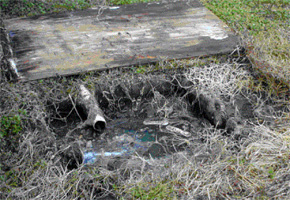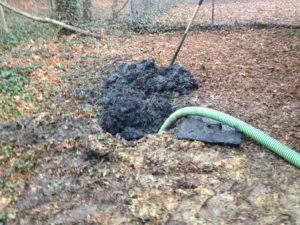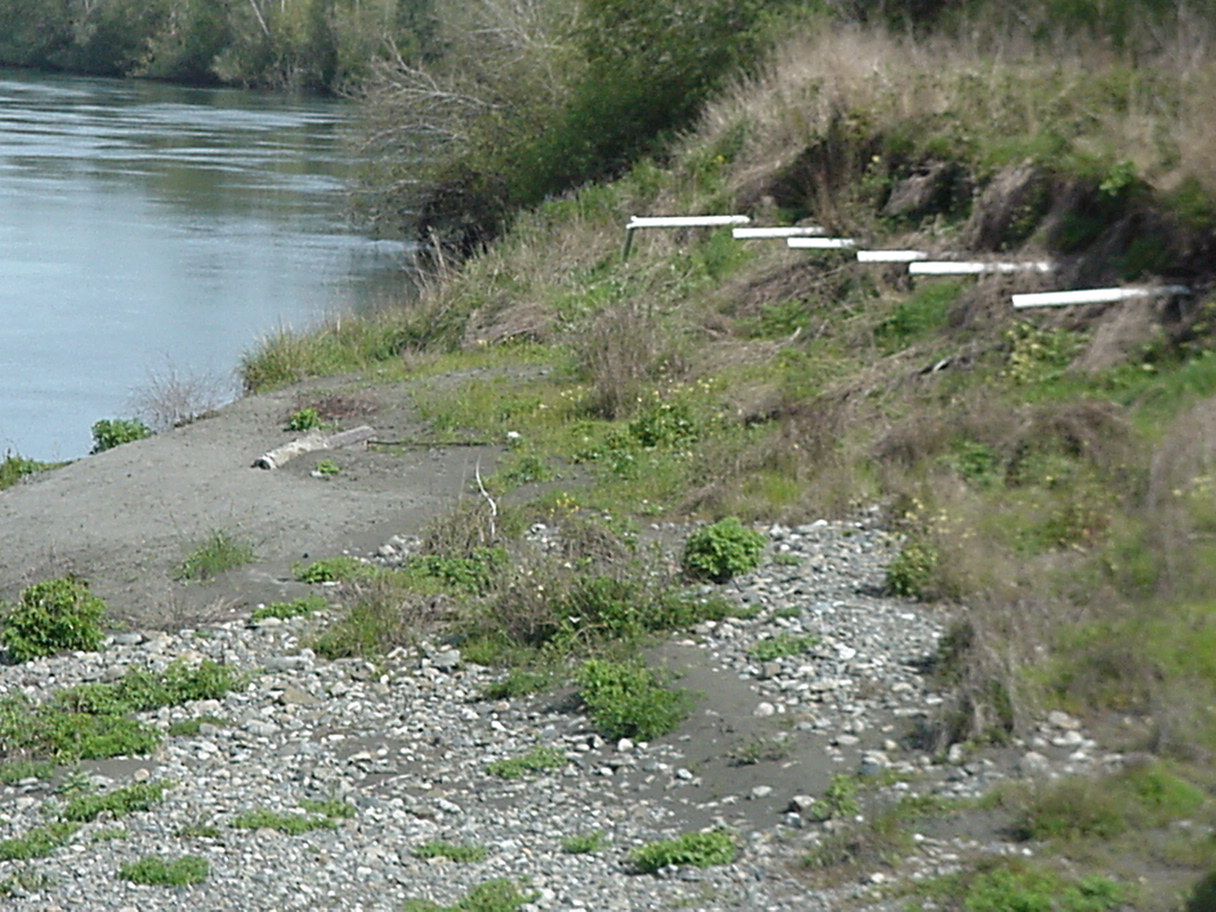
SEPTIC SYSTEMS – OUT OF SIGHT, OUT OF MIND.
Septic systems, sewers and household waste in general are not the hottest of discussion topics at gatherings or over the dinner table. Who wants to talk about that crap? Gross. (pardon the pun).
Most of us take the utility infrastructure that we use every day for granted. We flush our toilets, run our sinks and our washing machines without giving it a second thought.
Why should you care? As long as your toilet flushes, everything is working great, right? Not necessarily.
The purpose of this post is to describe the septic situation in Indiana from a very high level and describe a septic elimination project.
Side Note: The difference between septic system and sewer
Septic systems, also known as onsite sewage systems, provide a safe alternative for disposing of household wastewater from showers, sinks, toilets and washing machines when municipal sewer service is not available. When working properly, a septic system treats the harmful bacteria found in wastewater and disperses it safely within the soil of your yard.
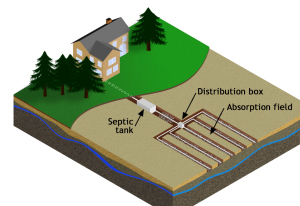
Typical Septic System Design
A sanitary sewer is a collection system which sends effluent discharge from multiple homes and businesses to a wastewater treatment facility where the waste is effectively managed and decontaminated in bulk before being discharged back to the water system. Most cities and towns of reasonable size have a wastewater treatment facility and sanitary sewer service for residents.
When do you care about septic systems and sewers?
When septic systems impact your life, they can do so in a fairly large way, at least monetarily. Any of the following situations can bring the challenges presented by onsite septics to the top of your priority list.
- When you’re trying to sell your house.
- When you’re trying to buy a house.
- When you’re trying to add on to your house.
- When you find something gross bubbling up in your yard (literally).
- When your neighbor complains about the something gross bubbling up in your yard and the Department of Health comes out to inspect and do water testing.
- When you get a letter from a Regional Sewer District or other sewer utility provider about septic elimination sanitary sewer projects (that’s us).
Septic Systems in Indiana
Improperly functioning septic systems can pose significant health risks to people, pets and the environment by discharging untreated sewage onto neighboring yards or nearby ditches and streams.
When we, as a utility, initiate the research process on a potential project, one of the first things we do is pull septic records from the Department of Health. Generally, one third of the homes are operating systems that are not on file with the Department, meaning they were installed without a permit or most likely they were installed before permitting became a requirements (over 40 years ago). Another one third or more of the homes have non-compliant systems such as filter beds, some variants of gravity trenches and of course those who have cited violations.
There are several homes in rural Indiana that don’t have a system installed at all and are literally draining their household waste directly to a ditch through a clay tile. This situation represents significant negative impact to the environment. Every. Single. Day.
410 IAC 6-8.3-33 “Residential on-site sewage system failure” defined Sec. 33. “Residential on-site sewage system failure” means a residential on-site sewage system that exhibits one (1) or more of the following: (1) The on-site sewage system refuses to accept sewage at the rate of design application thereby interfering with the normal use of residential plumbing fixtures. (2) Effluent discharge exceeds the absorptive capacity of the soil, resulting in ponding, seepage, or other discharge of the effluent to the ground surface or to surface waters. (3) Effluent is discharged from the on-site sewage system causing contamination of a potable water supply, ground water, or surface waters. A failed residential on-site sewage system is a health hazard.
Read more on Indiana Code related to onsite septic systems here.
You can access rules and ordinances related to septic systems in the State of Indiana and Allen County on the Fort Wayne – Allen County Department of Health website.
Sanitary Sewer Septic Relief Projects
A septic relief project refers to the installation of sanitary sewer to replace and decommission old and/or failing septic tanks. These projects are done in areas where there might not have been sanitary sewer infrastructure nearby at the time so individual septics were installed.
Initial questions in septic relief project areas might include:
-
Why hasn’t anyone done anything about this problem until now?
-
Why can’t you just make the people who have a problem fix their system and leave everyone else out of it?
-
Why do we have to pay for it?
-
Why should I connect to a sewer when my system is working “just fine”?
Relief projects are kind of the “red-headed step child” in the sanitary sewer project development world. Most municipalities have planned and managed sanitary sewer construction for new development as housing additions are built or new office plexes are erected. Unfortunately, most have limited understanding of the complexities and sensitive nature of septic elimination projects and generally avoid them all together.
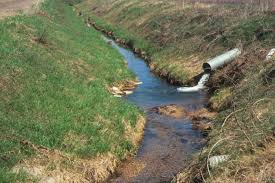
The local Department of Health knows the situation is bad in many areas. However, without a process for pursuit of cost effective septic elimination projects, there is no great solution beyond forcing homeowners with violations to install new systems ($15,000 – $20,000+ cost per home). Relief projects offer a community wide, cost effective solution to known DOH violations and undocumented systems.
We will break down the project costs and billing for septic elimination projects in our next Municipal post.

